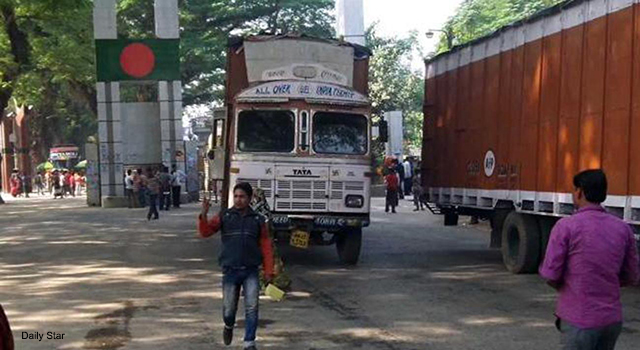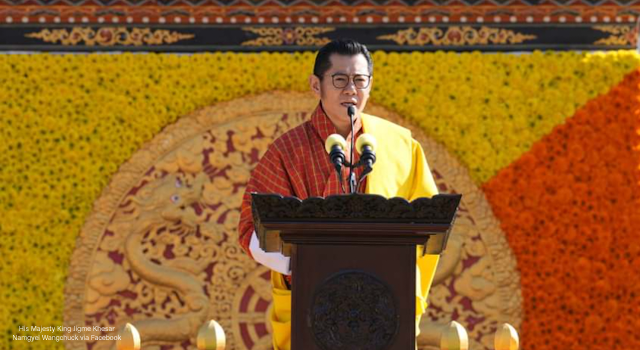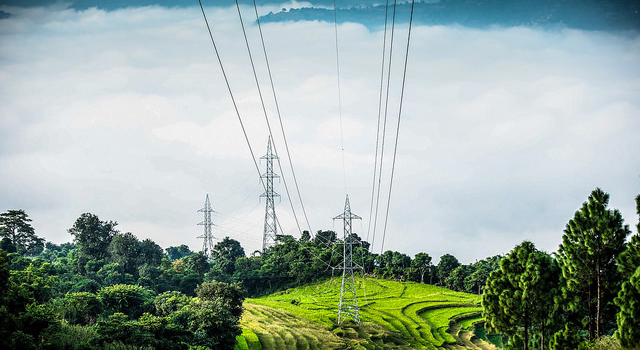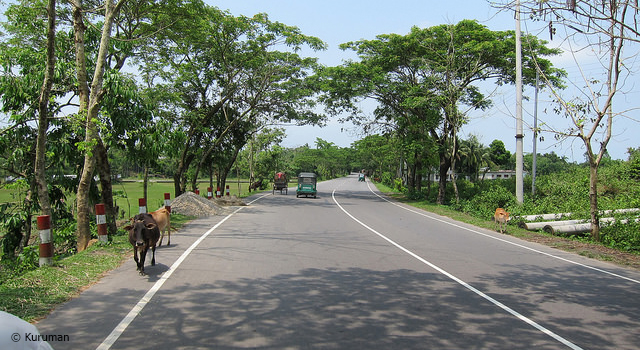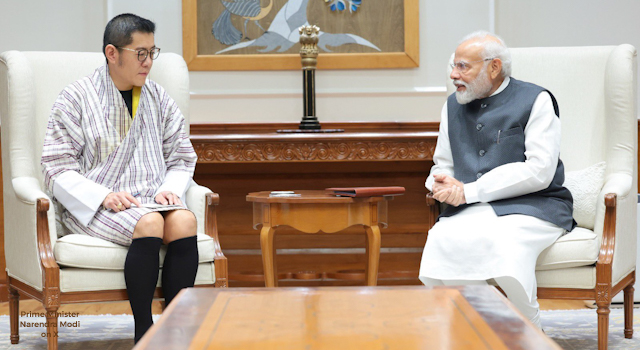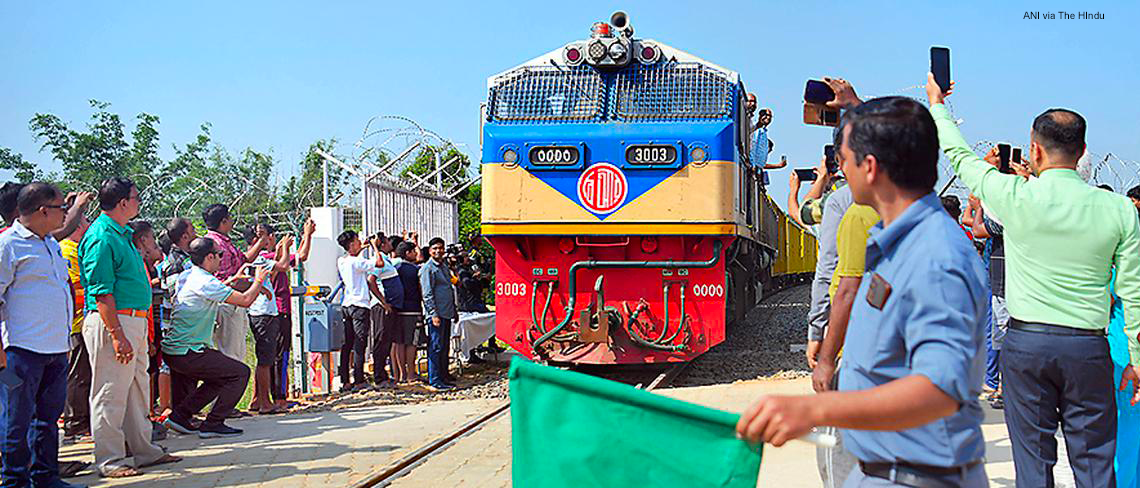
ADB Blog: India's First Coastal Corridor to Drive Manufacturing, Growth
12 May 2017
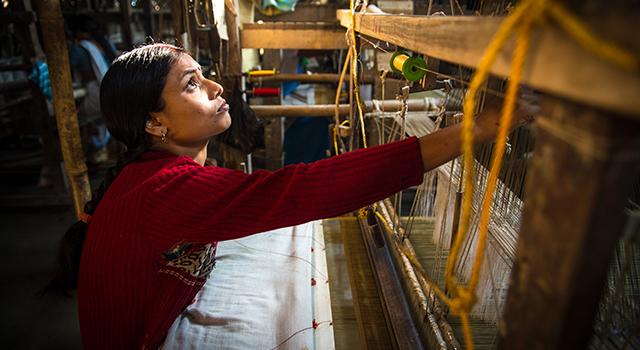
The Government of India is promoting economic corridors to help unlock India's manufacturing potential. Spanning 2,500 kilometers from Kolkata in the North to Kanyakumari in the South, the East Coast Economic Corridor (ECEC) will connect India’s long eastern coastline and strategically located ports to multiple international gateways. Mr. Hoe Yun Jeong, Principal Economist (Regional Cooperation), South Asia Regional Department, ADB, shares how the ECEC can contribute to South Asia's prosperity by stimulating growth in India, and contributing to a regional corridor in Asia.
This item was first published on ADB's Asian Development Blog.
ADB Blog: India's first coastal corridor to drive manufacturing, growth
Mr. Hoe Yun Jeong
India is at the crossroads of a remarkable development journey. Recent annual GDP growth averaging 7% has made it one of Asia’s powerhouse economies. It will likely be among the fastest-growing countries in developing Asia over the next several years.
To reap the full benefits of this historic progress, India needs to provide well-paying jobs for its growing workforce, currently numbering 500 million and rising by about 12 million per year.
With limited job prospects in agriculture, one of the most pressing policy challenges is to generate more manufacturing jobs. Although India's services sector has grown significantly, manufacturing's potential remains largely untapped.
Manufacturing contributes only about 15% to annual GDP and 12% of total employment in India. By comparison, in the People's Republic of China, Malaysia, Thailand, and Viet Nam it accounts for around 25% or more of GDP.
Against this backdrop, the Indian government is promoting economic corridors to realize the potential of manufacturing. The government and ADB have identified the East Coast Economic Corridor (ECEC), India’s first coastal corridor, as the first major step forward in this development roadmap.
The ECEC stretches about 2,500 kilometers from Kolkata in the North to Kanyakumari in the South. India’s long eastern coastline and strategically located ports allow for multiple international gateways to connect India with global value chains in East and Southeast Asia.
ECEC to stimulate growth by land, rail, sea
Due to the vastness of the eastern coastline, the ECEC is being undertaken in 3 phases of industrial corridors. Phase 1 is Visakhapatnam–Chennai, phase 2 is Chennai–Kanyakumari, and phase 3 is Orissa–West Bengal.
Additionally, four more industrial corridor projects (Delhi–Mumbai; Chennai–Bengaluru; Bengaluru–Mumbai; and Amritsar–Kolkata), have been identified, planned, and launched by the government. They are currently at different stages of implementation.
The ECEC aims to stimulate growth by integrating industry, urbanization, infrastructure and logistics through efficient transport links by land, rail and sea.
A well-crafted institutional and regulatory policy framework will attract new investments and make it easier for existing businesses to grow and innovate. The ECEC is a good fit with the government’s Make in India initiative, which aims to boost manufacturing through foreign direct investment.
But it’s not just about manufacturing. The ECEC will also buttress the government’s Sagarmala Initiative, which seeks to develop India’s economic strength along its coastline by transforming ports, industrial clusters near the deep draft port, and inland logistics.
As ports are the cornerstone of international trade and global supply chains, the ECEC hopes to leverage India’s its large network of ports and burgeoning maritime industry to develop maritime transport hubs along the country’s eastern coastline.
Economic corridors key to South Asia's prosperity
The ECEC’s benefits could go well beyond India’s borders. It will connect with other corridors in Asia and eventually form a regional corridor linking industries with global value chains through ports, efficient transport networks, and logistics and distribution facilities.
ADB views economic corridors as a key to South Asia’s prosperity. It has supported the ECEC through in-depth analysis of what types of industries, infrastructure, and institutional investments are needed to drive manufacturing-led growth.
Building upon the progress made so far, ADB remains committed to the sustained implementation of economic corridors. Long-term commitment is important, so that India and other South Asian countries can accelerate their industrial development, create high-value jobs, and further integrate their dynamic economies with the rest of Asia.
If they deliver on these goals, they could move the subregion to the next level of social and economic development.



